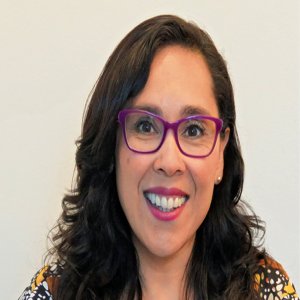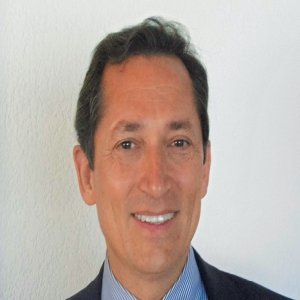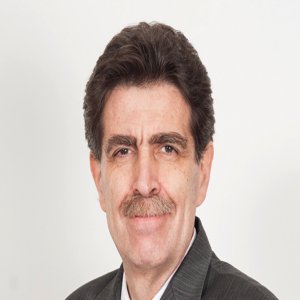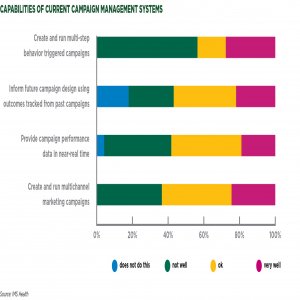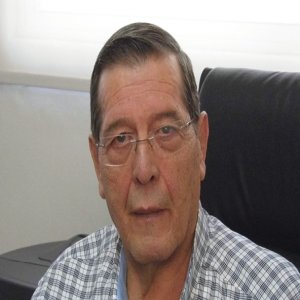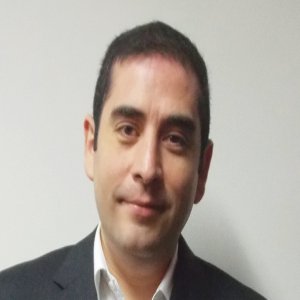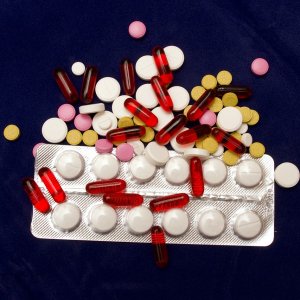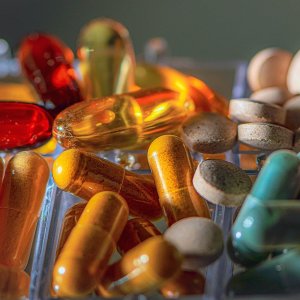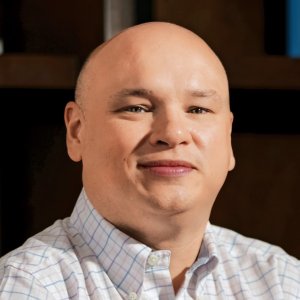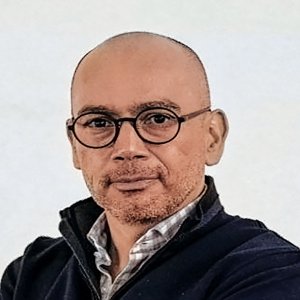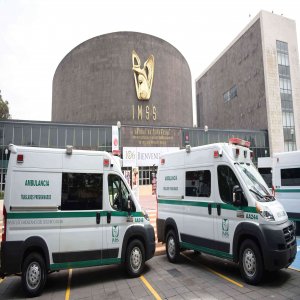Medical Sales Industry Evolution

STORY INLINE POST
Sales representatives are currently facing many challenges in an ever-changing market. Before the year 2000, these vital employees were in high demand, with large pharmaceutical laboratories capable of sustaining a 1,600-strong sales force. Today, these companies have thinned out the ranks, presenting one of the main obstacles for professional salespeople in the sector. Founded in 1982, the National Association of Pharmacy Industry Sales Executives (ANEVIFAC) comprises directors from different laboratories with the common goal of organizing and distributing sales in such a way that could be beneficial to patients. Additionally, the association creates strategies to help pharmacy sales executives and laboratories to adapt to market changes.
ANEVIFAC currently incorporates 32 member laboratories that produce generics; 70% of these are national companies and the rest come from abroad. The organization offers them an information service that includes market analysis and support for its members to work with distributors, helping them to reach a more effective position in the market. The organization offers these laboratories a clear sales strategy for targeting the private sector. Where the public sector is concerned, ANEVIFAC helps its members to negotiate tenders that generate millions of units at reduced prices. Finally, the association assists laboratories in securing tenders, particularly focusing on gaining consolidated sales. Jorge Perichart, President of ANEVIFAC, tells us that among the main issues the association has encountered, businesses in this sector tend to be quite secretive about sales data, to the point of refusing to talk fellow members in the industry. Perichart claims that “one of our major successes as an organization was to unite a wide range of businesses in a spirit of dialogue. We must also show other businesses that there are disadvantages to being isolated.”
The association’s main objective is to promote union within the sector, first between its members and the industry, and then between members and distributors. Perichart tells us that ANEVIFAC “has made huge advances in this particular activity, but there is still plenty of work to be done. We want to focus on these goals collaboratively, and I think we are on the right path.” Another of the association’s primary goals is the professional development of pharmaceutical sales executives. In order to achieve this, ANEVIFAC provides sales courses and diplomas in conjunction with the Tecnológico de Monterrey and the Valle de Mexico University (UVM). The association has also tried to launch a degree program in pharmaceutical sales with a number of universities, principally UVM. While it has designed a study plan based on its members’ experience in the industry, it has not been possible to get this course off the ground, as the association cannot guarantee to attract the minimum number of students. Perichart believes that this study plan will be tremendously popular as there is significant demand for qualified professionals. Sales representatives must be highly trained in the nature of their products, since their work is in a deeply specialized sector.
In the past, medical representatives used to have close working relationships with doctors, but due to the large amount of products and their busy schedules, it has become much harder for these alliances to be fully developed. Modern medical representatives are required to be much more professional, first acquiring a strong educational background based on the needs of the market. At present, there is only one curriculum aimed toward medical professionals, which is currently offered at the Tampico-Madero Autonomous University, Tamaulipas. However, Perichart considers that this program is lacking due to the two-year course duration being equal to that of a technical qualification. Additionally, its syllabus ignores a number of pharmacological and sales aspects. Medical promotion is a costly profession for companies to support as it including salaries, training, promotional materials, transport, and commission fees. When considering such factors, a salesperson with a direct monthly salary of MX$25,000 might represent close to MX$70,000 of monthly integrated costs.
Today direct visits to pharmacies are no longer an established practice for sales executives. Also, while the promotion of medicines has not changed, regulations have, particularly where OTC drugs are concerned. These realities have altered the face of the market, since a large portion of patients no longer visit doctors, choosing instead to buy drugs they have seen advertised on television. This, in turn, is having repercussive effects on the availability of work for skilled sales professionals. There has been a push for legislation on the advertisement of medicines, but it is difficult to set limits on OTC purchases since economic necessities often force people into either self-medicating or buying medicines without prescription. Even though medicines clearly specify the need for a prescription, they continue to be sold without one in many pharmacies. The causes behind the outbreak of H1N1 include the failure to implement existing controls on the sale of antibiotics. Another issue that negatively influences the sector is prescription switching, which is an increasing practice within pharmacies. This occurs either by a patient’s request or by suggestion from the salesperson, in an attempt to switch the prescription for another with the same API and often a lower cost.
The current economic system means that many Mexicans cannot afford frequent medical care. When ill, members of this demographic tend to resort to home remedies, turning afterward to pharmacies if the first approach fails. Many pharmacies are not properly qualified to prescribe medication, since current legislation does not require this of pharmacologists. In other countries, the job of dispensing medicine requires a pharmacy degree or its equivalent. Attempts to legislate on the matter have been met with resistance, as hiring qualified pharmacologists represents a higher cost to pharmacies. The major pharmacy chains, like Farmacias Similares, Farmacias del Ahorro, and Farmacias San Pablo, now tend to have a qualified health professional on site. This is a requirement for all pharmacies in Mexico, but in many independent branches the qualified pharmacologist does not work a sufficient amount of hours. Legislative change is needed to ensure best practice for patients. The increased presence of doctors at the point of sale and higher generics sales are directly connected to the country’s economic situation. Unlike the branded market, not all generic drugs are currently audited, so it is impossible to gauge their total sales.
Mexico’s primary challenge is to make health services accessible to the entire population. While the country does have a range of public institutions including IMSS, ISSTE, and Seguro Popular, not one of them is capable of covering the entire population, leaving approximately 30 million people without health care of any kind. Doctors at the point of sale offer an option to those patients who have no other. These services are provided free of charge by pharmacies, who also provide medication at a discounted price. In the past, these doctors would oblige patients to purchase medication in their corresponding pharmacies, but regulations have changed, freeing up patients to buy drugs wherever they prefer. All the same, patients continue to buy medication where the consultation took place, leading some members of the health sector to condemn the presence of doctors at the point of sale, regardless of their necessity. As Perichart informs us, ISSTE carries out 150,000 consultations nationwide every day, with IMSS engaged in a further 220,000, while doctors at the point of sale receive a daily average of 450,000 patients. We estimate that there are around 10,000 pharmacies that have a doctor’s consultation room, generally employing two doctors to conduct between 20 and 25 consultations each per day. Their work takes pressure off the public health system, since it is accessible to a large proportion of the population.
Mexico currently spends 6.2% of its GDP on health, which is much lower than the OECD average of 9.2%. The majority of this budget is dedicated to administrative charges, with only an amount somewhere between 8 and 10% dedicated to medicines. This attitude results in low-quality, expensive services that fail to reach a large enough number of patients. Another problem is that while an abundant swathe of the population does not have medical cover, those who can afford care are paying triple the price they should. Employees of the formal economy are signed up with IMSS for health insurance by law, but many businesses distrust public services and prefer to opt for private insurance. A large percentage of Mexicans, when they fall ill, avail of neither public services nor medical insurance, preferring to seek treatment from clinics, meaning they have two services that they do not utilize. Great efforts are being made to consolidate the health system, with the objective of providing universal services and extending patients’ rights to allow treatment in any hospital in the country. All the same, many hospitals do not want to be involved in this, since the levels of service vary widely across hospitals. Perichart believes that a joint effort is needed across all areas of the health sector to guarantee universal coverage. “We have to reform the health system, which involves constructing more hospitals, doubling the number of hospital beds, tripling doctors, and increasing nurses fourfold over the next five years. Such a feat can only be possible through a coordination of efforts across the entire sector,” he concludes.
